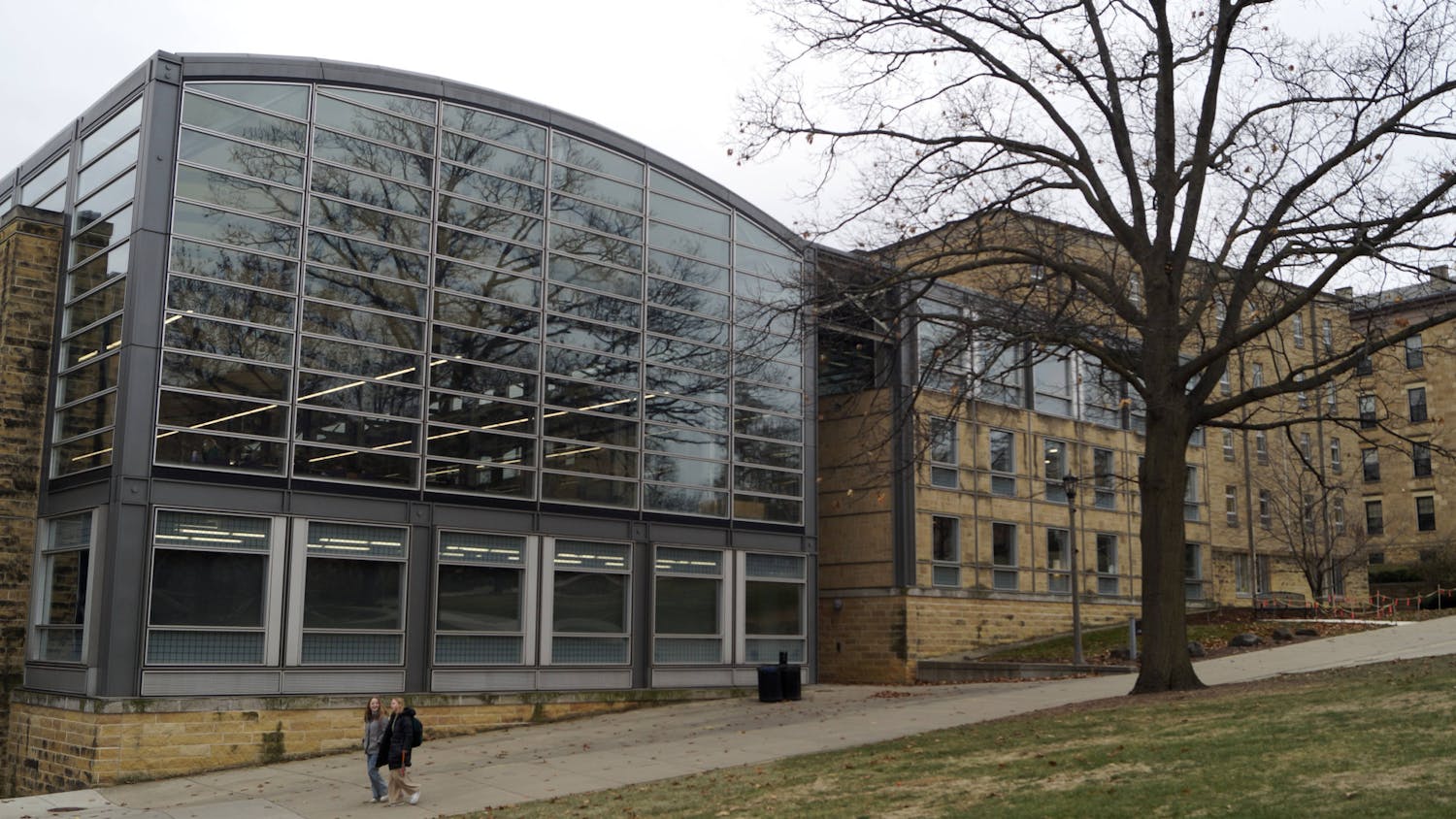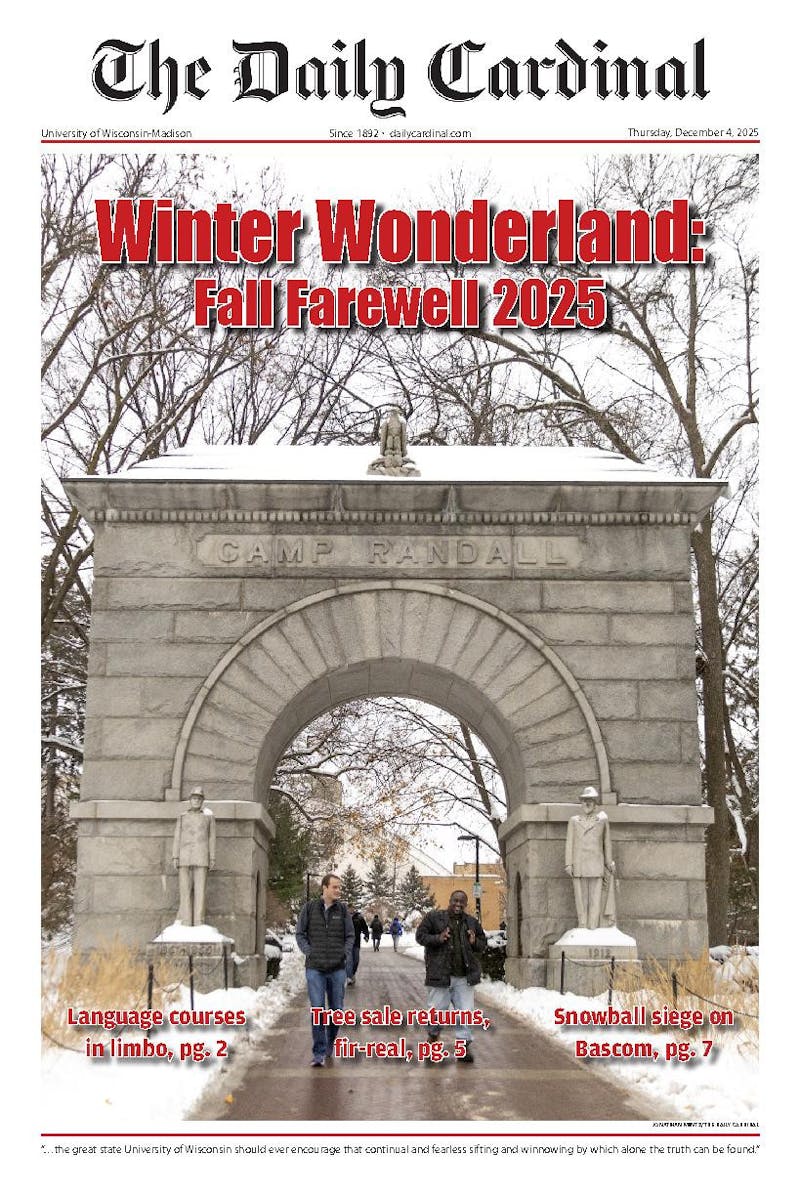The Wisconsin Historical Society hosted the final week of their walking tour, 'The Hidden History of the Capitol Square,' on Thursday and Sunday.
The tour charged $20 per person to learn about the city’s unique urban development and the stories of its notable figures.
The Wisconsin Historical Society is an organization that seeks to preserve the stories of Wisconsin’s history by connecting people of the present with those of the past, according to their website. The society carries out its mission through the preservation of historical sites and educational programs, such as the informational tour conducted Thursday.
The tour is one of many the historical society hosts throughout the year. Some of their upcoming tours in October include Madison Misdeeds: A True Crime Walking Tour, Madison’s LGBTQ+ History Walking Tour and Madison’s Hidden History: From Myth to Mystery.
To begin the tour, the guide led the group toward the Tenney building, an early example of Madison’s commercial development.
Built in the mid-1920s through the efforts of the well-established Tenney family, the structure, with its distinctive Art Deco design, was the first steel high-rise in the city. This made it a strong example of the city's rapid urban growth.
From there, the group shifted its attention to an even older site, now known as the Simeon Mills Historic Street. This cluster of shops is where one of the oldest commercial buildings in Madison still resides.
The building, which closely resembles images provided by the guide, once housed the city’s first daily newspaper, The Argus, and now features a bar of the same name.
Building on the theme of early commerce and settlement, the guide next led his guests to Peck Cabin. Though now an empty lot, it had once been home to Madison’s first residents, Ebenezer and Rosaline Peck. The couple established Madison’s first inn, encouraging business dealings and a stream of new residents in the area.
However, the tour did not shy away from examining the cost of such development.
The rapid settlement of white immigrants and the strong push for urban expansion came at the expense of the area’s Native American roots.
For instance, the Monona Terrace, now a Madison landmark where residents can enjoy scenic views of the lake, was once the site of symbolic animal-shaped burial mounds. Their sacred structures were ultimately destroyed to make way for the city’s growth.
As the conversation turned to the evolution of Madison’s government, the guide explained how the state's rapid population growth meant Wisconsin was in dire need of a proper capitol building. Beginning construction in 1904 and concluding in 1917, the structure seen today is technically the fourth iteration of Wisconsin's Capitol. The history of which the guide explained through presenting various sketches and maps to the guests.
Following the Capitol, the guide made a couple more stops, highlighting the history of State Street and European immigration and concluding with the American Bank Exchange building.
Ultimately, whether guests were permanent residents or visitors seeing the city for the first time, they told The Daily Cardinal they all shared one common goal: to understand how such a beloved city had evolved into what it is today.
“Leading guests on these tours and being a guest yourself.. helps you appreciate what [you] have even more than you already do,” Richard, the tour guide, told The Daily Cardinal.






